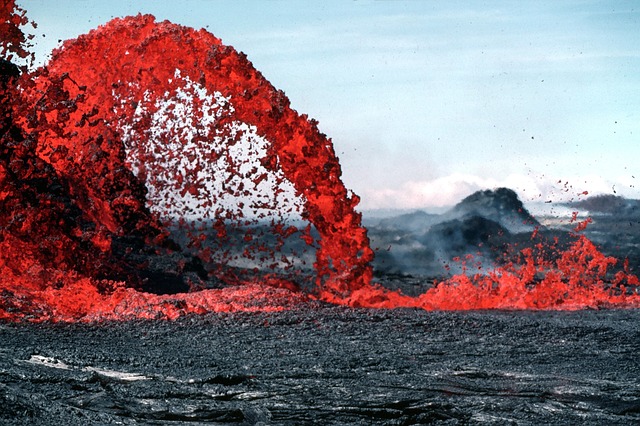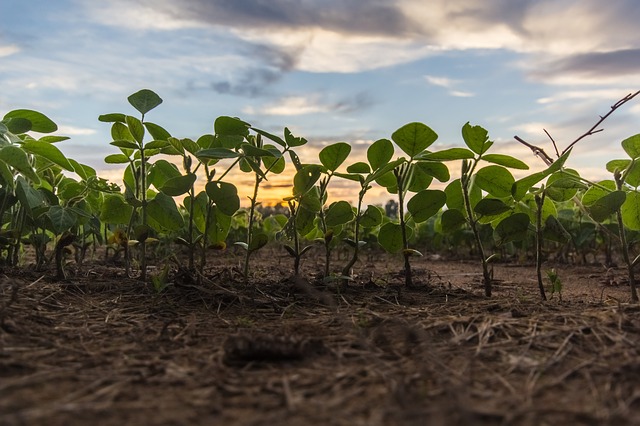Since starting this blog, we’ve noticed a lot more people talking about rock dust—its origins, how it interacts with beneficial microbes, and how it can improve soil health and the health of our own bodies. It’s a little like the Yellow Volkswagen Bug Theory. When someone you know gets a yellow VW bug, suddenly you begin…
Category: Soil Health
After experiencing months of devastating drought, farmers across the West are finally getting the rain they so desperately need. Yet despite the recent and widespread rainfall, scientists expect the parched conditions to continue at least into next winter in many areas—including most of the State of California. Now more than ever, water retention is critical….
Researchers from Oregon State University (OSU), working with a team from the National Oceanic and Atmospheric Administration and the U.S. Coast Guard, have been surprised by recent research that proves that there is a cacophony of sound coming from more than 36,000 feet below the surface of the ocean. (Read “Mariana Trench: Seven Miles Deep,…
All-natural rock dust delivers a multitude of benefits, chief among them is helping plants boost their resistance to disease and predators. But not all rock dust is alike. Ground volcanic basalt, which is high in silicon, is particularly effective at helping plants defend themselves. The Benefits of Silicon (Si) A key component of cell walls, silicon helps improve…
We’ve written previously about the positive benefits of using volcanic basalt to speed the composting process. (See “Charge up your compost pile with nutrient-rich volcanic rock dust” and “Add rock dust to compost to feed your plants a balanced diet.”) Rock dust serves as food for the millions of beneficial microorganisms that feed on each…
Volcanic rock dust has long been used by organic and sustainable farmers to promote soil health and to grow nutrient dense crops in a variety of conditions. Not all rock dust is alike, however. Created through the cooling and solidification of dense viscous lava, volcanic basalt is an igneous rock that underlies much of the…
Just 25-cents when it was published, the May 1948 issue of Popular Mechanics is filled with advertisements and articles from a very different era. (You can view an online copy of the magazine here.) One article, titled “Hungry Plants Guide the Ore Prospector (pp. 130-133),” begins like this: “Flowers make a tireless search for valuable…
Known as nature’s fertilizer, legumes like peas, beans and clovers have long been used as natural nitrogen fixers. Also referred to as ‘green manure,’ legumes are typically planted as rotational crops to help feed the soil organically. At the most basic biological level, legumes attract soil-dwelling bacteria called rhizobia to their roots and ‘invite’ them inside…
The ground is cold and covered in white. It looks like it’s hibernating—but don’t be fooled! Healthy soil teems with life year-round. In fact, billions of living and breathing microorganisms are hard at work under the ice and snow. Bacteria, fungi, algae, nematodes and anthropods aren’t visible to the naked eye, but they all contribute…
Image used with permission by Real Christmas Trees Direct. It’s mid-December, but the Christmas season has been well underway for several weeks already here in Oregon. With about 530 licensed growers, our state is the #1 producer of Christmas trees with tree farmers expecting to harvest and sell just over 7 million trees in 2015….










